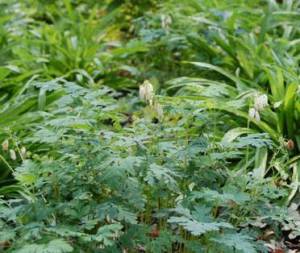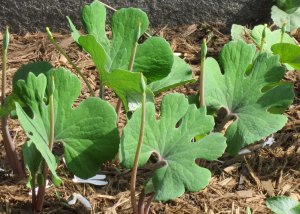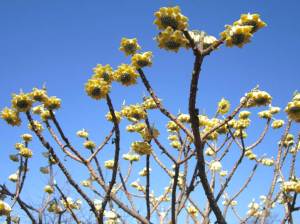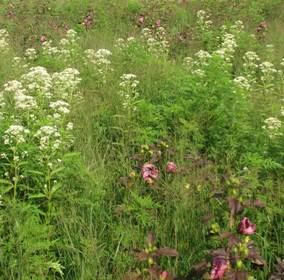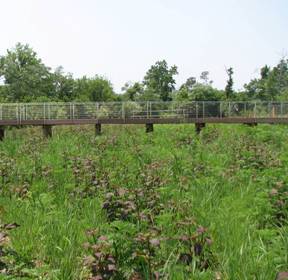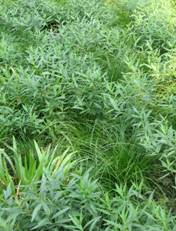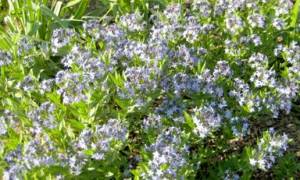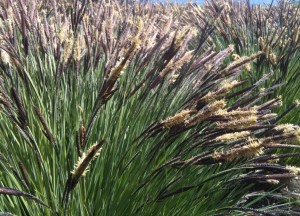
Carex elata in bloom this week in an OvS-designed estate in coastal Maine (photograph courtesy Rebecca Hoffman)
While gathered around the lunch table with co-workers today, the conversation turned, as it so often does, to plants. Today’s conversation included a lament that straight species are frequently ignored by the nursery trade in favor of more showy cultivars. Setting aside discussions of wildlife value and attractiveness to pollinators, today’s discussion was about aesthetics. “Sometimes you just need the basics,” one co-worker announced.
Carex elata is an example of just such a plant. Not to be outshown by its more widely cultivated chartreuse form, ‘Bowles Golden’, the straight species of Carex elata has found a welcome home in many OvS gardens over the years. Eric Groft and Wolfgang Oehme first happened upon the straight species decades ago at Holgar Winenga’s Garden Treasure Nursery. I vividly remember the fury of Wolfgang Oehme when a truckload including thousands of cheerily glowing ‘Bowles Golden’ arrived at a prominent federal project we were working on, instead of the specified straight species. “They look sick,” snapped Wolfgang as he ordered the plants returned. No intense yellow sedges here!
The straight species features graceful, slender, emerald-green blades. Clusters of deep brown seed capsules shoot like fireworks off the stems in mid-April. When planted in mass, Carex elata forms a dense waving sea of green by early summer. The versatile plant performs well in sun or shade, moist or dry conditions. “It’s a miracle plant!” declares OvS principal Eric Groft. Carex elata demonstrates just how beautiful and dynamic the basics can be.
Native Range: Northern and eastern Europe
USDA Hardiness: Zones 5-9
Height: 18-30”
Growing Conditions: Full sun to part shade; normal to moderately moist soils
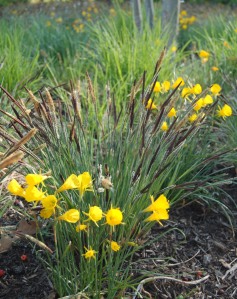
Seed capsules in mid-April mingle with Narcissus ‘Golden Bells’ in an OvS-designed walled garden on the Eastern Shore of Maryland
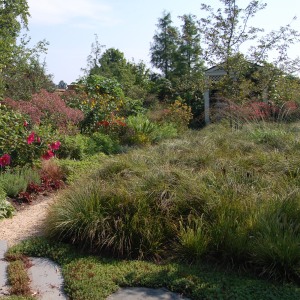
Carex elata planted in mass provides visual relief from the exuberance of an elaborate English border in an OvS garden on the Eastern Shore of Maryland
Read Full Post »
